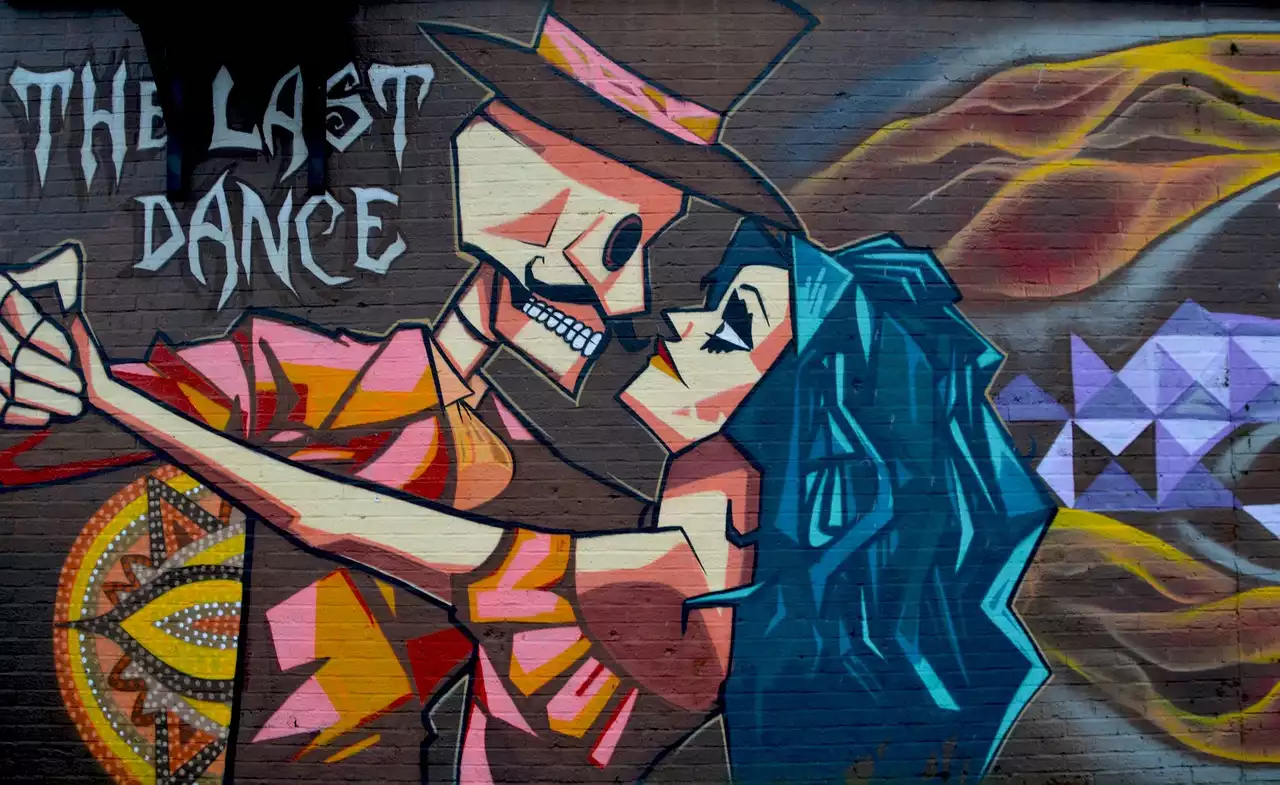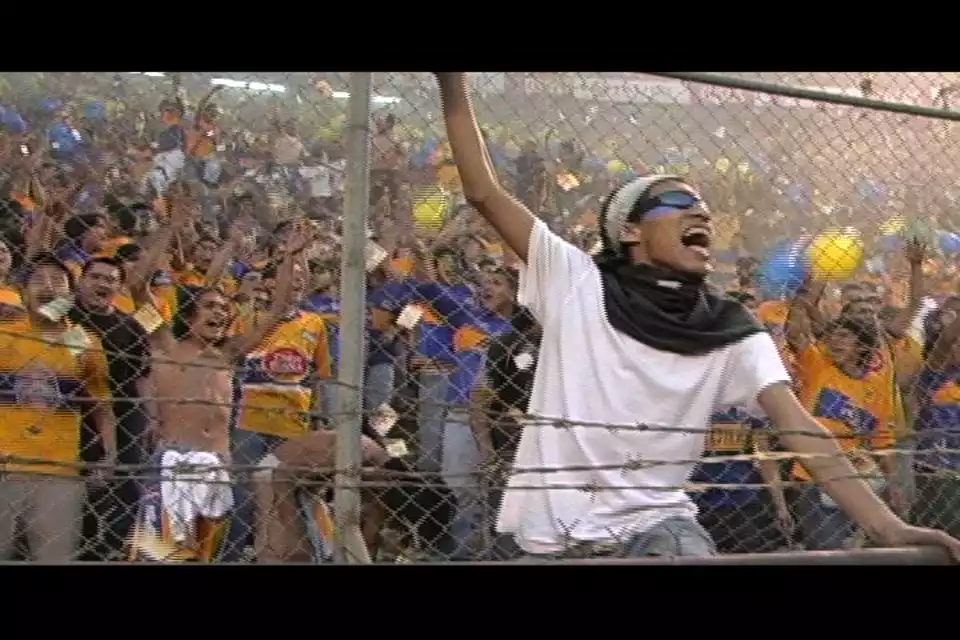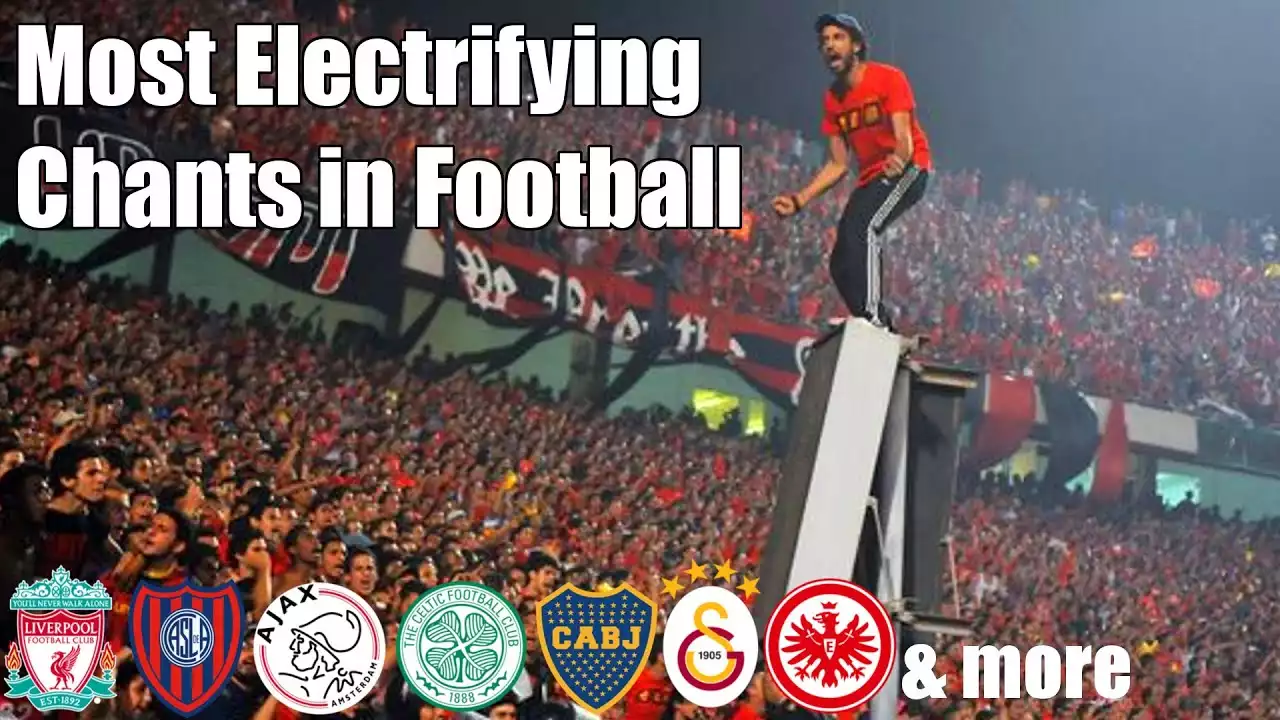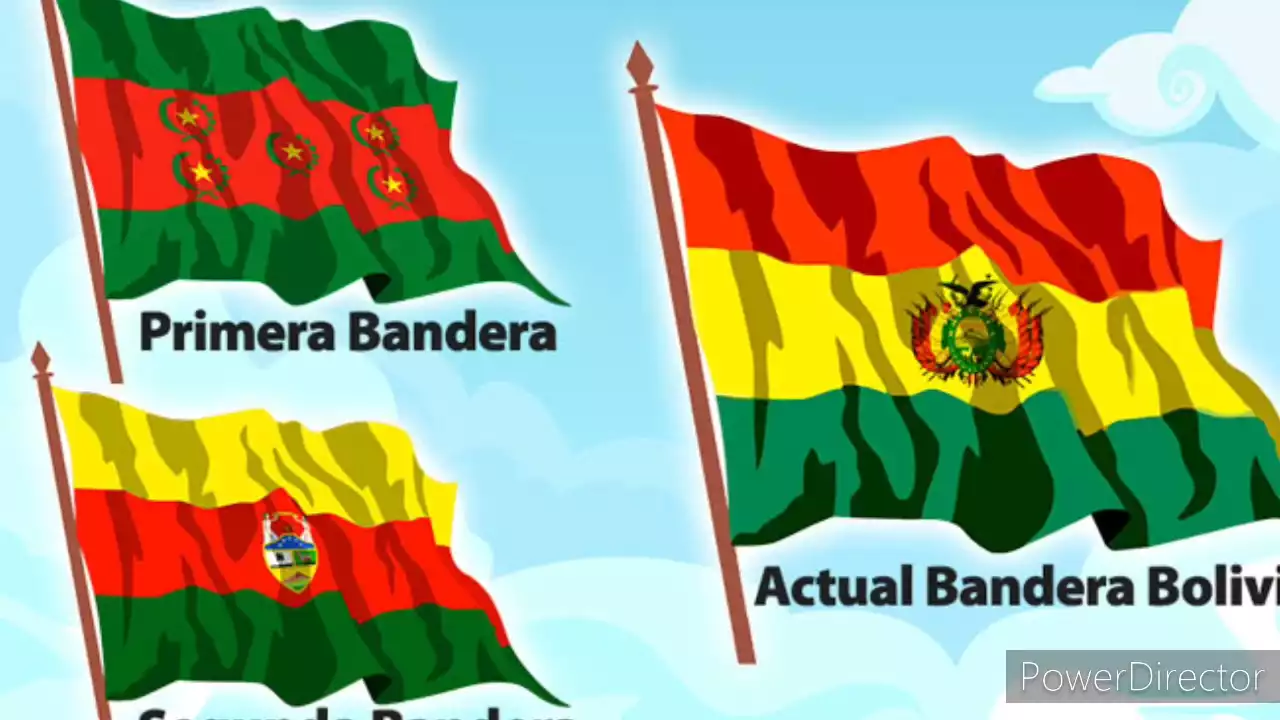The Rise of Hooliganism in Bolivian Football
Hooliganism in Bolivian football has seen a significant rise in recent years, with incidents of violence and disorder becoming increasingly common. The fervent support for their respective clubs has often taken a dangerous turn, fueled by deep-seated rivalries and a desire for dominance. This toxic combination has created an environment where hooliganism thrives.
One of the key factors contributing to the rise of hooliganism is the intense club rivalries in Bolivia Primera Division. Matches between traditional rivals, such as Club Bolivar and The Strongest, or Bolivar and Oriente Petrolero, often evoke strong emotions among fans. Unfortunately, these emotions can quickly escalate into acts of violence and aggression.
Additionally, the influence of gang culture within football fandom cannot be ignored. Gangs have infiltrated fan groups, using football matches as an opportunity to engage in criminal activities. This criminal element further exacerbates the issue of hooliganism and adds another layer of complexity to the problem.
The rise of hooliganism in Bolivian football is a multifaceted issue that requires a comprehensive understanding of its causes and effects. By delving deeper into the factors contributing to this phenomenon, we can begin to address the root causes and work towards a solution.
Impact of Hooliganism on Bolivian Football Clubs
Hooliganism has a detrimental impact on Bolivian football clubs, both financially and in terms of their reputation. The incidents of violence and disorder associated with hooliganism often result in significant financial losses for clubs. Stadium damages, fines, and decreased ticket sales all contribute to the financial strain placed on these organizations.
Moreover, the reputation of Bolivian football clubs suffers immensely due to the actions of hooligans. The negative media coverage and widespread perception of violence associated with certain clubs tarnish the image of Bolivian football as a whole. This, in turn, affects sponsorships, potential signings, and the overall growth of the sport in the country.
Furthermore, hooliganism creates an unsafe environment for players and fans alike. The fear of violence and the lack of security measures can lead to a decline in attendance at matches, inhibiting the atmosphere that makes football such a unique and enjoyable experience. This vicious cycle perpetuates the decline of Bolivian football clubs and the sport's overall popularity.
The impact of hooliganism on Bolivian football clubs is undeniable. It not only affects their financial stability but also damages their reputation and hinders the growth of the sport. Finding effective ways to combat hooliganism is crucial to ensuring the long-term success of these clubs and the sustainability of Bolivian football.
Factors Contributing to Hooliganism in the Bolivia Primera Division
Several factors contribute to hooliganism in the Bolivia Primera Division, ranging from socio-economic factors to the influence of external elements. Understanding these factors is essential in developing strategies to effectively combat this issue.
One of the primary factors contributing to hooliganism is the socio-economic conditions in Bolivia. High levels of poverty, unemployment, and limited access to education create an environment where individuals may seek identity and a sense of belonging through football fandom. Unfortunately, this can manifest in aggressive and violent behavior.
Additionally, the influence of gang culture cannot be underestimated. Gangs provide a platform for individuals to express their loyalty and aggression, often using football matches as an opportunity to engage in criminal activities and assert dominance over rival gangs. The presence of gangs within fan groups further fuels hooliganism and perpetuates a culture of violence.
The lack of effective governance and enforcement of rules within Bolivian football also contributes to hooliganism. Inadequate security measures, corruption, and lenient punishments for offenders enable hooligans to continue their disruptive behavior without facing significant consequences. This lack of accountability only serves to embolden hooligans and perpetuate the cycle of violence.
Addressing these contributing factors is crucial in the fight against hooliganism. By implementing measures to improve socio-economic conditions, combat gang culture, and strengthen governance within Bolivian football, we can create an environment that discourages hooliganism and fosters a positive football culture.
Consequences of Hooliganism for Players, Fans, and the Community
Hooliganism in the Bolivia Primera Division has far-reaching consequences for players, fans, and the broader community. The effects of these disruptive behaviors extend beyond the confines of the football stadium, impacting the lives of many individuals.
For players, the threat of violence and disorder can have a detrimental effect on their mental and physical well-being. The fear of being attacked by hooligans or getting caught in the crossfire of violent clashes creates a hostile and unsafe working environment. This can lead to increased stress, anxiety, and a decline in performance on the field.
Fans, who should be able to enjoy the game in a safe and inclusive environment, are often the ones most affected by hooliganism. The fear of violence and the risk of injury deter many fans from attending matches, diminishing the vibrant atmosphere that makes football so special. This not only robs fans of the joy of supporting their favorite teams but also hinders the growth of a strong and passionate fan base.
The broader community also suffers the consequences of hooliganism. The negative image associated with Bolivian football due to hooliganism affects the country's reputation both domestically and internationally. This can have economic implications, such as decreased tourism and investment opportunities, as well as hinder the overall development of the community.
The consequences of hooliganism are far-reaching and affect various aspects of Bolivian society. It is imperative that we address this issue holistically, taking into account the well-being of players, fans, and the broader community, in order to create a safer and more inclusive football culture.
Efforts to Combat Hooliganism in Bolivian Football
Recognizing the severity of the issue, various stakeholders in Bolivian football have taken steps to combat hooliganism and promote a safer environment for everyone involved. These efforts include both preventative measures and reactive strategies aimed at reducing the incidence of hooliganism.
One of the primary initiatives is the implementation of increased security measures during matches. This includes the presence of trained security personnel, the use of CCTV cameras, and stricter control over fan behavior. These measures aim to deter hooligans from engaging in violent behavior and provide a safer environment for players and fans.
Additionally, educational programs have been introduced to raise awareness among fans about the consequences of hooliganism. These programs aim to promote positive values and encourage responsible fandom. By engaging fans in dialogue and providing them with the necessary tools to understand the negative impacts of hooliganism, these initiatives hope to change behavior and foster a culture of respect.
Furthermore, collaborations between football clubs, law enforcement agencies, and community organizations have been established to tackle hooliganism collectively. By working together, these stakeholders can pool resources, share information, and develop effective strategies to combat hooliganism at its core.
While these efforts are commendable, there is still much work to be done in order to eradicate hooliganism from Bolivian football entirely. Continued commitment and collaboration among all stakeholders are essential in creating a lasting impact and ensuring the safety and well-being of all involved.
Case Studies of Notable Hooligan Incidents in the Bolivia Primera Division
To fully understand the gravity of hooliganism in Bolivian football, it is important to examine specific case studies that highlight the extent of the problem and its consequences. These incidents serve as reminders of the urgent need for action and the potential dangers associated with hooliganism.
One such case study is the violent clash between fan groups of Club Bolivar and The Strongest in 2019. The match, which was meant to be a celebration of football, quickly descended into chaos as rival fans engaged in mass brawls both inside and outside the stadium. The scenes of violence shocked the nation and highlighted the urgent need for measures to combat hooliganism.
Another notable incident occurred during a match between Blooming and Oriente Petrolero in 2017. A heated rivalry between the two clubs escalated into a full-blown riot, resulting in injuries to players, fans, and law enforcement officers. This incident not only marred the reputation of both clubs but also raised concerns about the safety of attending football matches in Bolivia.
These case studies serve as stark reminders of the destructive power of hooliganism. They emphasize the urgent need for proactive measures to prevent such incidents from occurring and the importance of holding those responsible accountable for their actions.
The Role of Social Media in Fueling Hooliganism
The rise of social media has had a profound impact on the world of football fandom, both positive and negative. While it has provided a platform for fans to connect and share their passion for the sport, it has also inadvertently fueled hooliganism in Bolivia Primera Division.
Social media platforms serve as virtual arenas where rival fan groups can engage in verbal sparring, often escalating into threats and calls for violence. The anonymity provided by these platforms emboldens individuals to express their aggression and perpetuate a culture of hooliganism. Furthermore, viral videos of violent clashes between fans can serve as inspiration for others to replicate such behavior.
The instantaneous nature of social media also contributes to the rapid spread of rumors and misinformation, further exacerbating tensions between rival fan groups. These false narratives can ignite further animosity and heighten the risk of violence at football matches.
However, social media can also be harnessed as a powerful tool in combating hooliganism. Clubs, fan groups, and football associations can utilize these platforms to promote positive messages, educate fans about the consequences of hooliganism, and foster a sense of community and respect among supporters.
The role of social media in fueling hooliganism is a complex issue that requires careful consideration. While it has the potential to exacerbate the problem, it can also be leveraged as a force for positive change. By utilizing social media effectively, we can shift the narrative surrounding hooliganism and encourage responsible and respectful fandom.
Lessons Learned and Potential Solutions for Tackling Hooliganism
The fight against hooliganism in the Bolivia Primera Division is an ongoing battle that requires a multifaceted approach. Through the examination of previous incidents and the implementation of various strategies, valuable lessons have been learned and potential solutions have emerged.
One of the key lessons learned is the importance of collaboration between football clubs, law enforcement agencies, and community organizations. By working together and sharing resources, these stakeholders can develop comprehensive strategies that address the root causes of hooliganism and create lasting change.
Another crucial lesson is the need for effective governance and enforcement of rules within Bolivian football. Stricter punishments for offenders, improved security measures, and increased accountability are essential in deterring hooliganism and creating a safe and inclusive environment for all.
Additionally, education and awareness programs have proven to be effective tools in changing fan behavior. By educating fans about the consequences of hooliganism and promoting positive values, we can foster a culture of respect and unity within Bolivian football.
It is also important to address the socio-economic factors that contribute to hooliganism. Improving access to education, tackling poverty, and providing opportunities for personal growth can help individuals find alternative avenues for identity and belonging, reducing their involvement in hooliganism.
While there is no quick fix to the issue of hooliganism, implementing these lessons and potential solutions can create a solid foundation for progress. By continuously evaluating and adapting strategies, we can work towards a future where hooliganism is eradicated, and Bolivian football is celebrated for its passion and inclusivity.










